ESP32-S3 Development Board 2.4G Wifi Module for Arduino ESP IDF ESP32-S3-WROOM-1 N8R2 N16R8 44Pin Type-C 8M PSRAM ESP32 S3
ESP32-S3 Development Board Specifications
This ESP32-S3 development board features the ESP32-S3-WROOM-1 N16R8 module, delivering powerful dual-core processing with integrated 2.4GHz WiFi connectivity. The board includes 16MB Flash memory and 8MB PSRAM, providing ample storage and memory for complex IoT applications, wireless communication projects, and embedded systems development.
Key Technical Features
The development board is built around the ESP32-S3 microcontroller with Xtensa dual-core 32-bit LX7 processor running up to 240MHz. The N16R8 configuration provides 16MB of Flash storage and 8MB of PSRAM, enabling developers to run sophisticated applications with extensive data processing requirements. The integrated 2.4GHz WiFi supports 802.11 b/g/n protocols with both Station and SoftAP modes.
The Type-C USB interface simplifies programming and power delivery, eliminating the need for additional USB adapters. The board exposes 44 GPIO pins, offering extensive connectivity options for sensors, displays, motors, and other peripherals. Multiple communication interfaces including SPI, I2C, UART, I2S, and PWM channels provide flexibility for various project requirements.
Development Environment Compatibility
This ESP32-S3 board is fully compatible with Arduino IDE and ESP-IDF (Espressif IoT Development Framework), allowing developers to choose their preferred development environment. Arduino compatibility makes it accessible for beginners and rapid prototyping, while ESP-IDF support enables advanced users to leverage the full capabilities of the ESP32-S3 chipset for professional applications.
Applications and Use Cases
The ESP32-S3 development board excels in IoT applications including smart home automation, wireless sensor networks, temperature monitoring systems, and data logging projects. The combination of WiFi connectivity, substantial memory, and processing power makes it suitable for edge computing applications, machine learning inference, and real-time data processing. The board is ideal for robotics projects, automation systems, and wireless communication modules.
Board Design and Power Management
The compact form factor maintains accessibility to all GPIO pins through the 44-pin configuration. The Type-C USB port provides both 5V power input and serial communication for programming and debugging. Onboard voltage regulation ensures stable 3.3V operation for the ESP32-S3 module and connected peripherals. The board includes reset and boot buttons for manual control during development and programming.
Memory Architecture Benefits
The 8MB PSRAM significantly expands the available RAM beyond the internal SRAM, enabling applications that require large buffers, image processing, or multiple concurrent tasks. The 16MB Flash memory provides sufficient space for application code, WiFi stack, file systems, and over-the-air update capabilities. This memory configuration supports complex firmware with extensive libraries and data storage requirements.














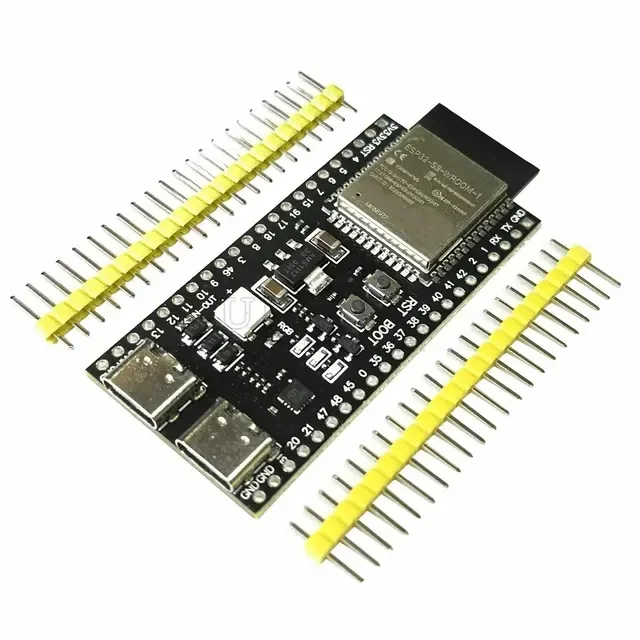



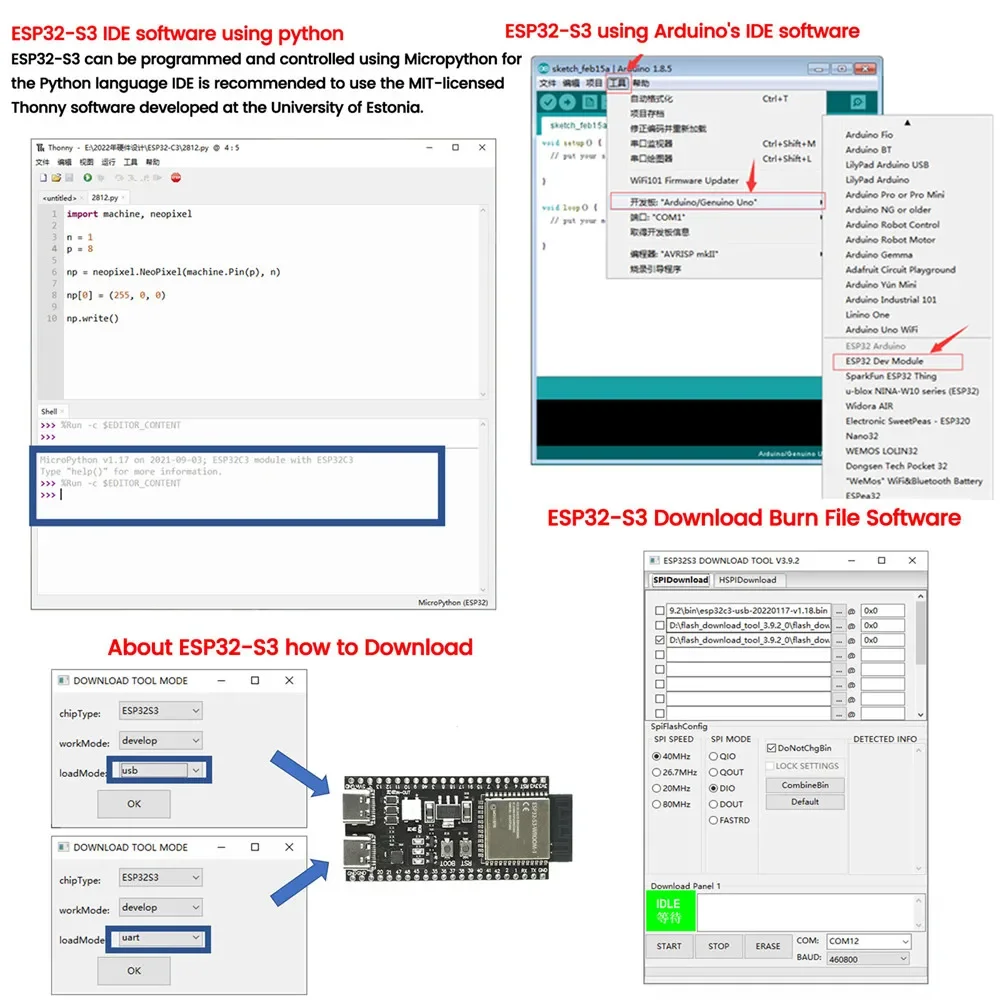

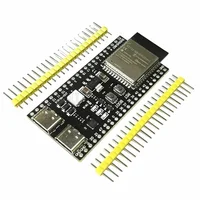





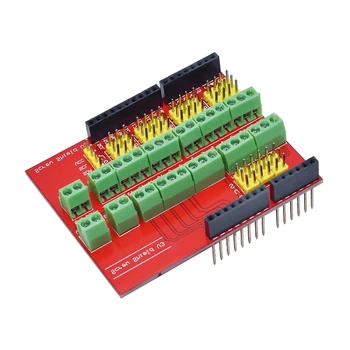
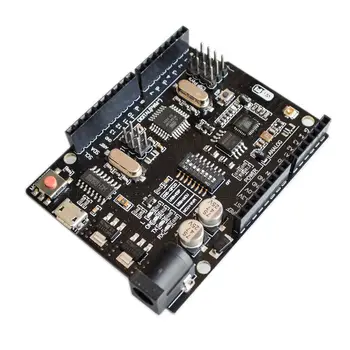










Reviews
There are no reviews yet.